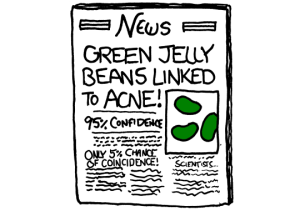
Master’s in Nutrition Science: Does soy cause the ‘boob growth’ in men & other relevant questions of the diet and health (Part 2)
So, here comes the second blog-post of the series “Nutrition Science – Significant Questions & Significant Answers” PART 2!
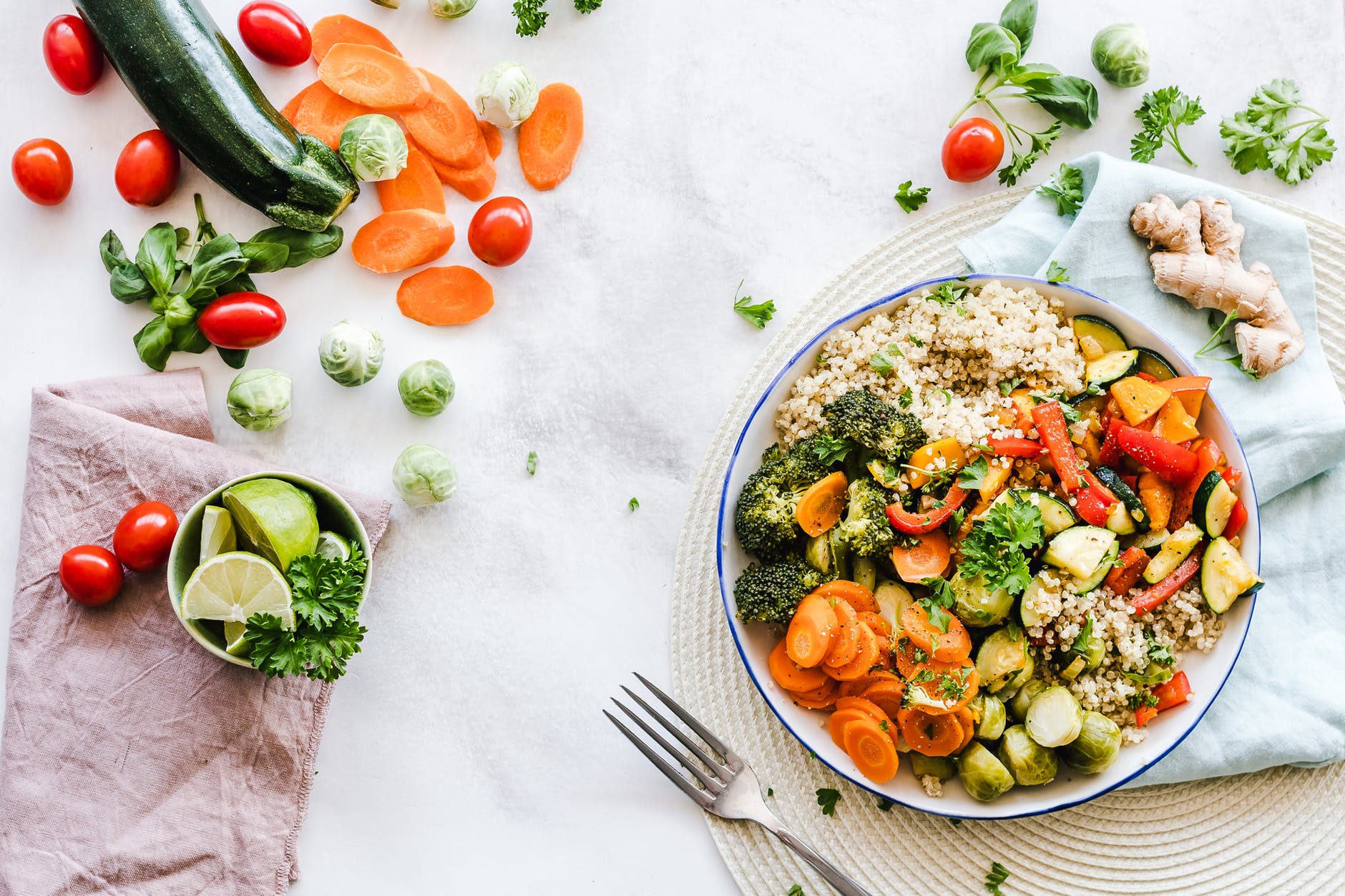
The whole October (and a significant part of November) we, students in the Master’s Programme in Nutrition Science at KI, have been going (or crawling?) through yet another interesting course of our programme called “Diet and Health: Molecular and Genetic Mechanisms”. As you may have guessed from the name, this course was all about “molecular stuff”: we’ve had lectures & seminars on topics like Type-2 diabetes, endocrine disrupters & food safety, or IBS (Inflammatory Bowel Syndrome) and other common GI tract disorders. Moreover, this course required a lot of reading of various scientific papers (and had lots of scheduled time for it!), as well as our active participation in the weekly Journal Clubs… And I must say, even though some of the papers were really difficult to comprehend, they also provided us with many interesting insights on the global chronic diseases like metabolic syndrome & obesity, but from the aspect of the diet with the connection to health.
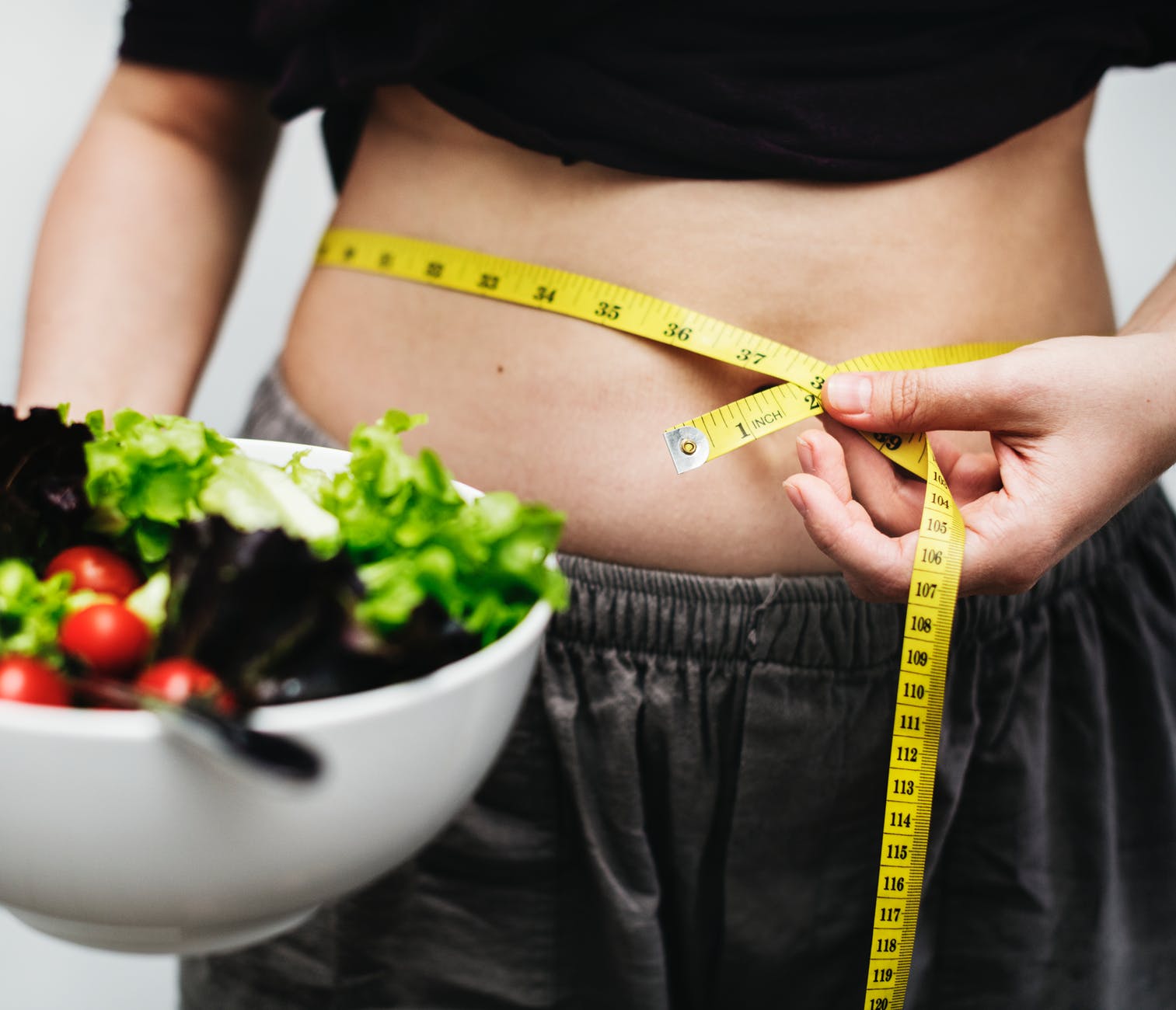
For instance, did you know that the children, especially girls, born from mothers that are already overweight or obese, and have insulin resistance, are much more prone to develop obesity and T2D themselves? This is inherited through so-called epigenetic changes in the genome, and thus it’s very important for the women in their family planning period to maintain a healthy weight & be physically active.

Moreover, we were able to choose the topic for our final ‘take-home-exam’ kinda assignment, and it gave us a lot of freedom to investigate & write a review on a topic we are really interested in. This was particularly valuable, as the main reason why many people in my program chose to study nutrition is the unbelievable amount of confusing information out there, and pseudo-science claims in the field of nutrition.
One example of such is a common misconception that soy consumption causes breast growth in men. My classmate did his own scientific literature search on the topic and came up with a totally different conclusion! Isoflavones, one of the most commons types of phytoestrogens — plant-derived dietary compounds found in soy products that are commonly thought to be inducing the aforementioned undesirable changes in men’s body composition (by acting as a hormone-like substance) — are, in fact, found to be protective against many types of cancers (such as breast and prostate cancers). There is also no sufficient body of evidence that indicates that soy products consumption is bad for men’s health (both general AND reproductive). Don’t believe me?
Check out these REAL SCIENCE sources:
- Soybean isoflavone exposure does not have feminizing effects on men: a critical examination of the clinical evidence
- The impact of equol-producing status in modifying the effect of soya isoflavones on risk factors for CHD: a systematic review of randomised controlled trials
- Greater consumption of foods containing isoflavones decreases the risk of lung cancer in non-smokers (even though the evidence is limited).
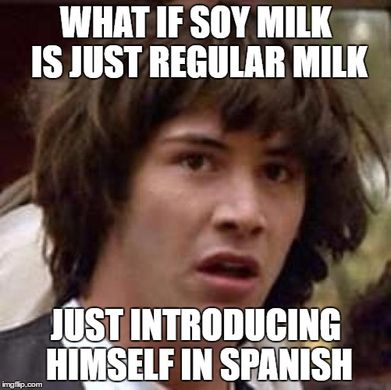
Another interesting discovery that we made thanks to our final project presentations is the following: obesity causes low-grade inflammation in the body similar to a microbial infection … I mean, can you imagine?! It’s like being constantly sick with the flu… but just being fat instead x) Not only our own fat tissue undergoes remodelling (e.g. adipocytes – our fat cells – become larger & resistant to the normal process of cell death), but their ability to produce different hormones (adipokines like adiponectin, adipsin and leptin) also changes, with the expression of anti-inflammatory agents being downregulated and the expression of pro-inflammatory agents – upregulated. Moreover, other pro-inflammatory molecules like macrophage-1 (M1) infiltrate the adipose tissue initiating the constant, ongoing cascade of both local AND systemic inflammation processes.
… A bit too much molecular info there? Well, moral of the story is simple: being fat is bad for you. Eat healthily and MOVE!
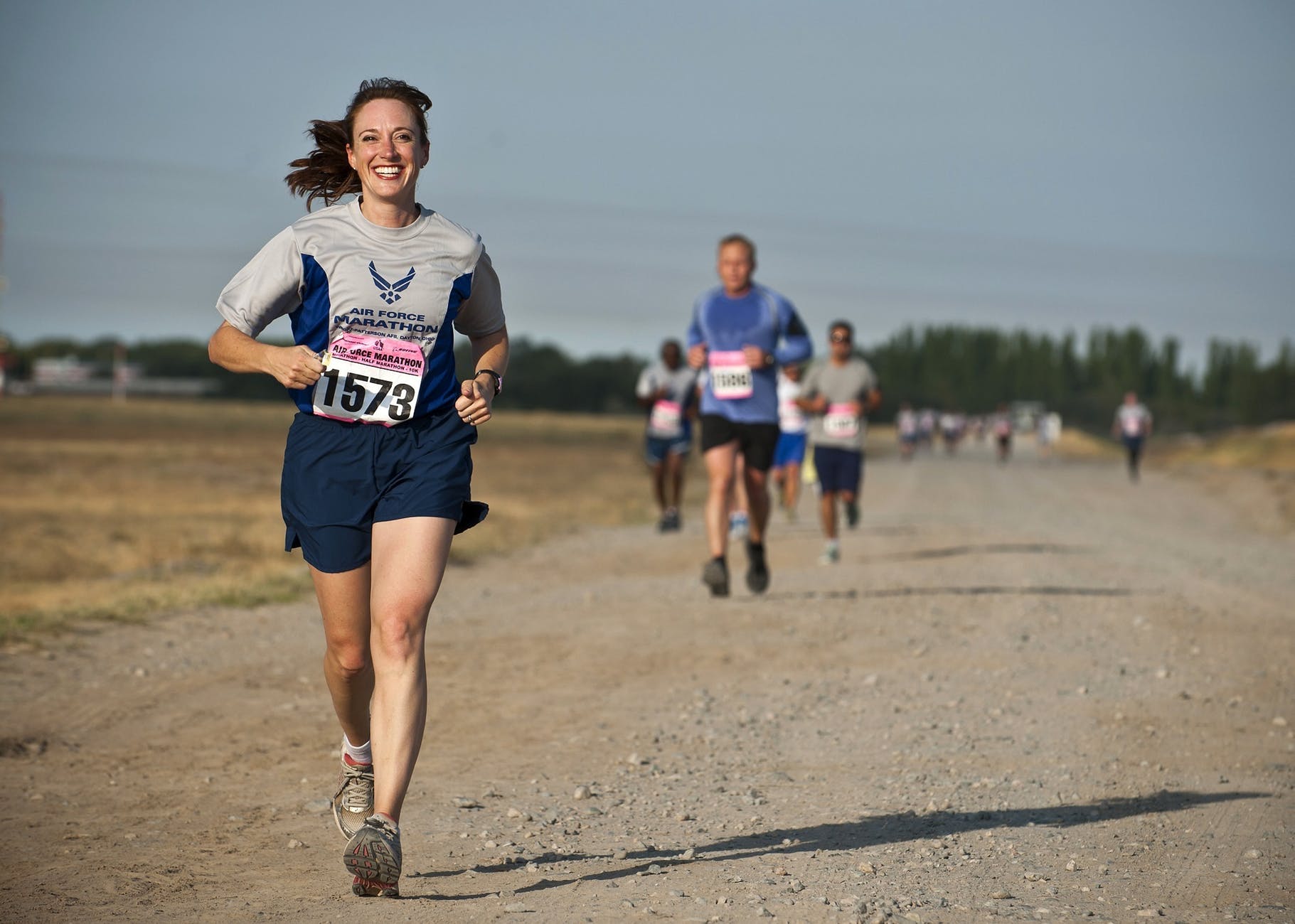
Lastly, I would like to touch upon another widespread nutritional claim that, as a future nutritionist, I just cannot leave without some attention. And it is…
“You need meat for protein”. But is it actually true? Or shall we avoid it in the favour of healthier and longer lives?
I am not here to open this long and controversial discussion. Instead, I will share a piece of scientific information on the topic obtained from the aforementioned course of my master’s programme.
One of the topics chosen, investigated & presented to us by yet another bright classmate of ours was called “The Role of Diet in Extending Healthy Longevity”. We were presented the latest scientific evidence that can be summarized in 3 main points:
- Plant-based dietary patterns, regardless of macronutrient composition, are associated with the lowest morbidity and mortality.
- Diets high in animal fat and especially protein appear to
have deleterious health consequences. - Source of macronutrients is more important than their ratio.
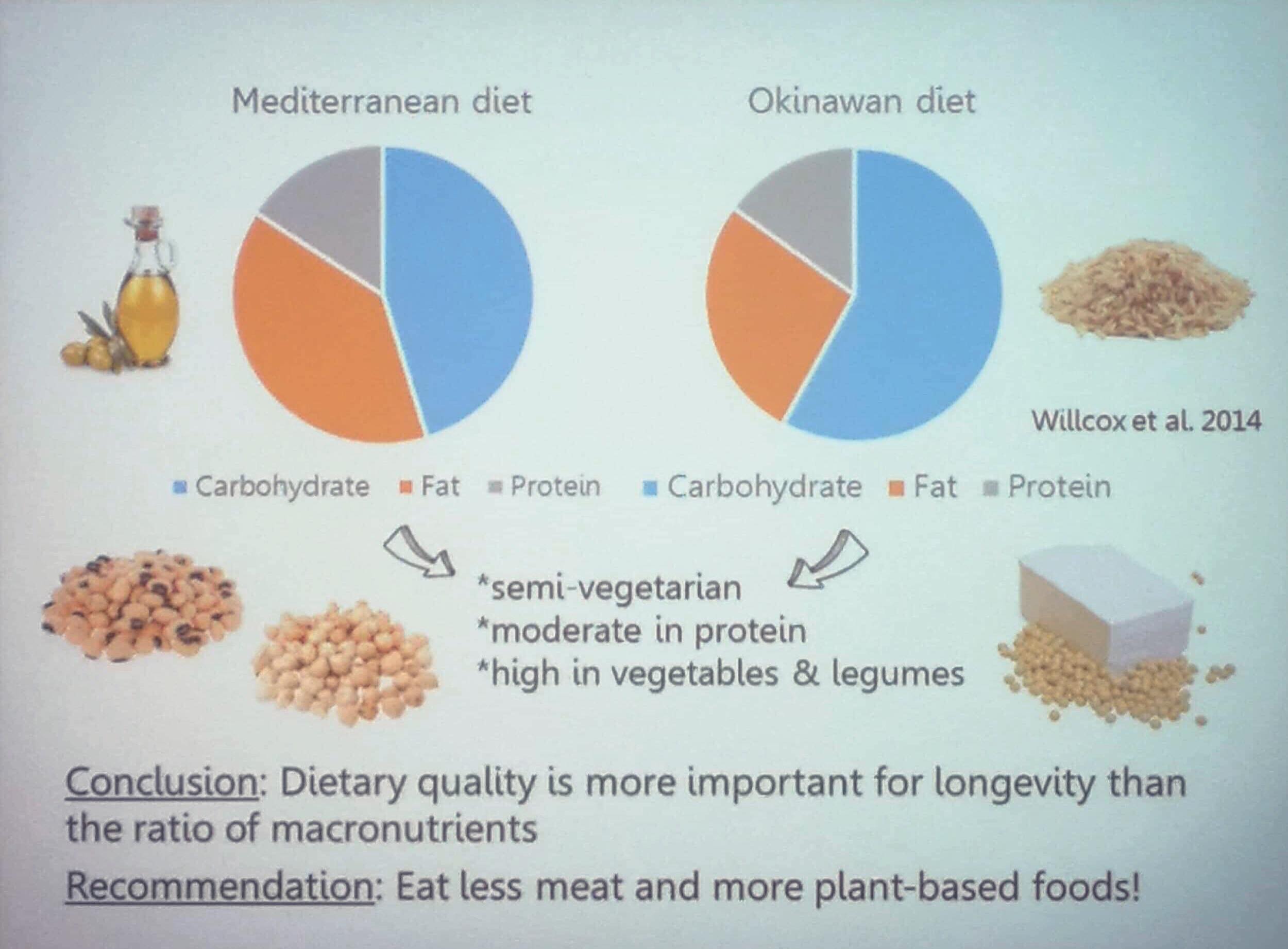
“On top of this, the diet of the people living in so-called ” Blue Zones” – places on Earth with the longest-lived populations such as Okinawa, Japan, is relatively high in carbohydrates and low in fat, whereas the Mediterranean diet of Ikaria, Greece, is characterized by low carbohydrate but high fat content, especially from olive oil. What both diets have in common is that they are based on local plant foods, include meat only occasionally, and have a moderate intake of protein (~15 E%)”.
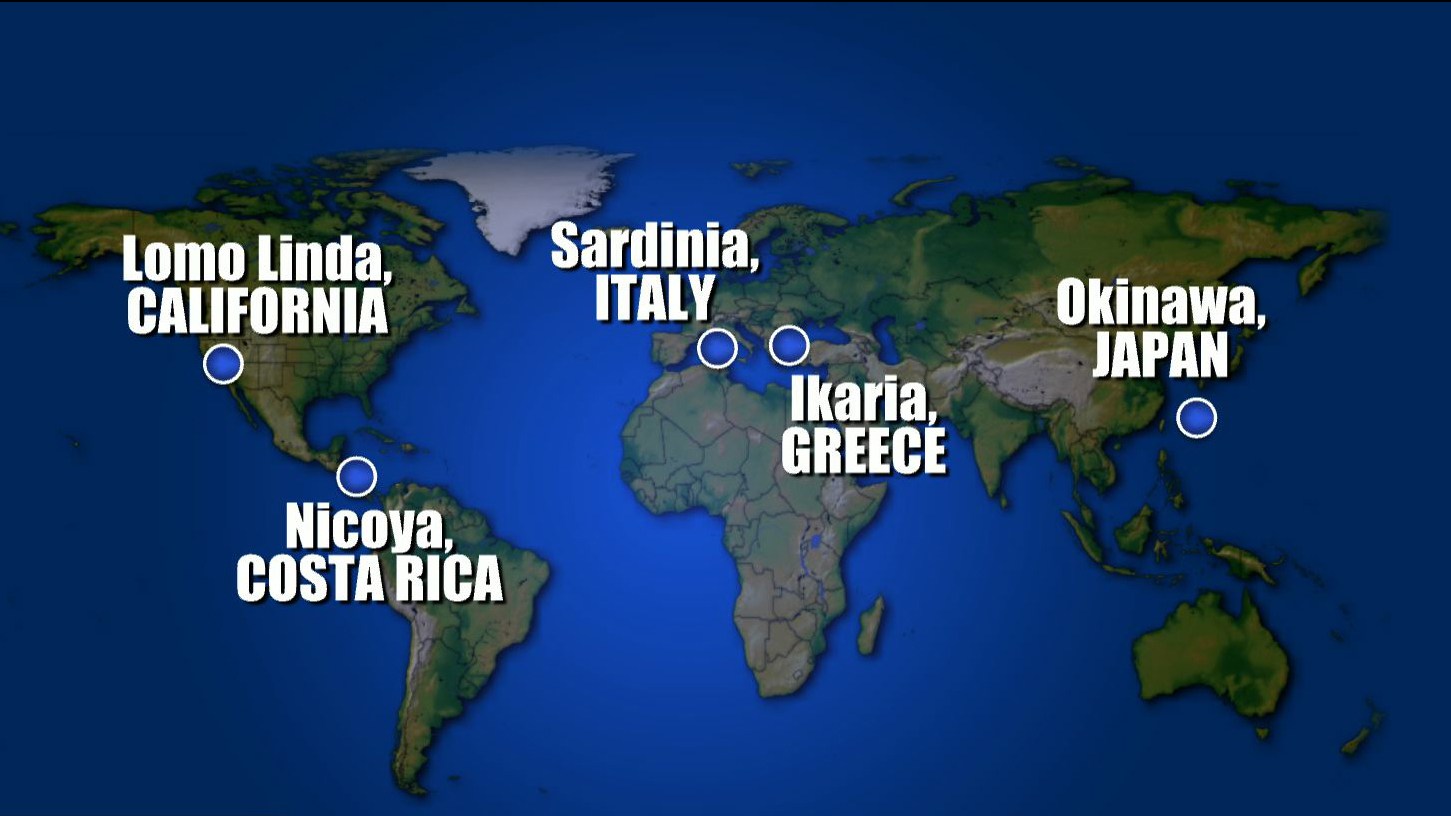
Hope this blog-post provided you with some insights of the “nutrition science” questions & claims we got to deal in the second course of the Master’s Programme in Nutrition Science at KI. Got more questions? Email me at dasa.svaikovskaja@stud.ki.se !
P.S. Special thanks to my classmates for the endless stream of new knowledge & inspiration!

0 comments